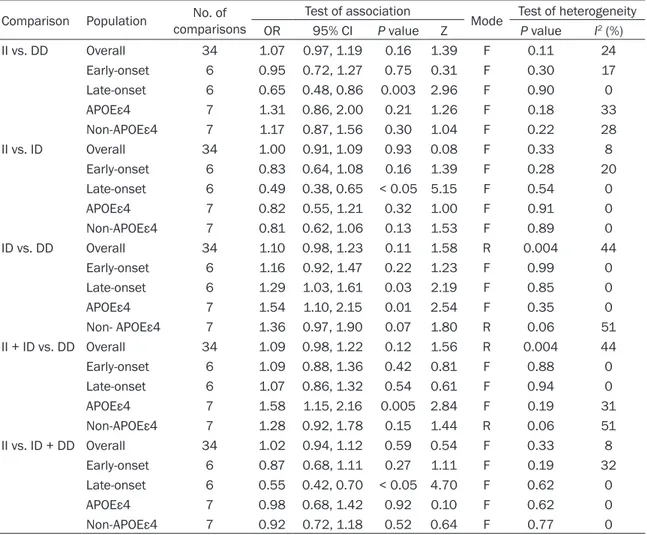Related documents
Neurodevelopmental problems, including neurologic soft signs, learning problems, and ADHD, were also associated with behavior disorders and subclinical psychotic spectrum symptoms,
In addition 12th and Maraka, Badhaka significator Saturn is conjoined with 2nd Maraka lord Jupiter (expansion of growth) in 10 (ineffective medication) in Jupiter sign Sagitta- rius;
like the characters in the Dead or Alive series who wear school girl outfits in a fight, it can give men unrealistic expectations on what they want a mate because both men and
The harvested iliac block bones were divided in the following groups: autogenous iliac block bone with preservation of the periosteum (the periosteum group), autogenous iliac block
Abstract: The purpose of this study is to examine and analyze the online marketing in Madurai with special reference to fruits and vegetables (especially in Madurai website and
Abstract – This paper comprises with different methods of facial feature extraction of Face Recognition using Gabor, Local Binary Pattern and its fusion.. In
After comparing methods, the following measure- ments were adopted for each site: line intercept canopy cover by species, line intercept plant height by life form, line intercept
As the optimal buyback no-lending policy is at odds with the data (i.e the first and third lines in Table 4 are very different) several normative recommendations emerge:



